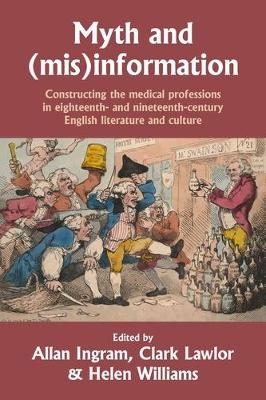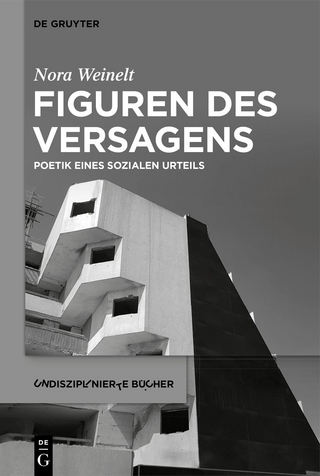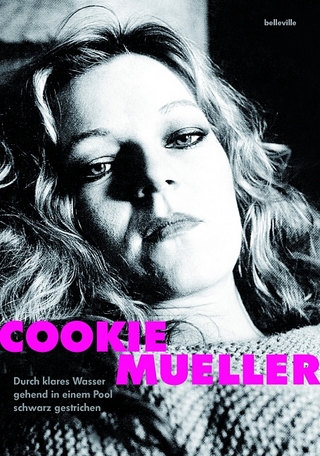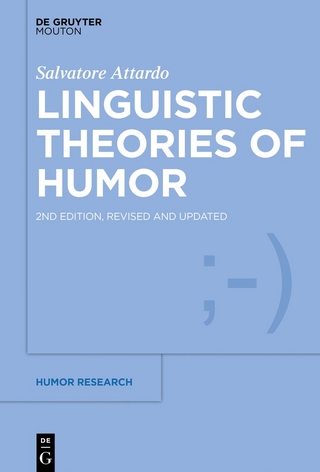
Myth and (Mis)Information
Manchester University Press (Verlag)
978-1-5261-6682-1 (ISBN)
This collection draws together original scholarship from international contributors on a range of aspects of professional and semi-professional medical work and its relations to British culture. It combines a diverse spectrum of scholarly approaches, from medical history to book history, exploring literary and scientific texts, such as satiric poetry, essays, anatomies, advertisements, and the novel, to shed light on the mythologisation and transmission of medical (mis)information through literature and popular culture. It analyses the persuasive and sometimes deceptive means by which myths, as well as information and beliefs, about medicine and the medical professions proliferated in English literary culture of this period, from early eighteenth-century household remedies to the late nineteenth-century concerns with vaccination that are still relevant today. -- .
Allan Ingram is Emeritus Professor of English at the University of Northumbria Clark Lawlor is Professor of Eighteenth-Century Literature at the University of Northumbria Helen Williams is Associate Professor of English Literature at the University of Northumbria -- .
Introduction – Clark Lawlor and Helen Williams
1. “To level those monstrous Blotches or Pustules”: Skincare in De Morbis Cutaneis (1714) – Katherine Aske
2. Dr John Arbuthnot’s Literary Treatment for False Learning, Pedantry, and Excess: from Physic to Metaphysics – John Baker
3. “The very women read it”: Medical Self-Fashioning, Mythologies and (Mis)Information in George Cheyne M.D.’s Medical Writings – Clark Lawlor
4. Studying in Solitude: Demythologising the Masculine Medical Monopoly with Jane Barker’s Galesia and Tobias Smollett’s Sagely – Laurence Sullivan
5. “Take physic, Pomp”: Imagining Dog Doctors in Eighteenth-Century Britain – Stephanie Howard-Smith
6. “A man of common understanding”: Venereal Disease, Myth, and Reading as a Protective Practice in Eighteenth-Century Britain – Declan Kavanagh
7. Sir Anthony Carlisle’s Gothic (Medical) Intervention: Carving the Criminal Body in The Horrors of Oakendale Abbey – Bethany Brigham
8. Mislabelling and the Medical Printer-Publisher: Demystifying the Ephemera of Elizabeth Rane Cox (1765-1841) – Helen Williams
9. The Uneasy Relationship between Traditional and Orthodox Medicine in the Works of Elizabeth Gaskell – Barbara Witucki
10. Medical Men Recommend Them: Branded Medicines and the Myth of the Medical Moral Economy c. 1876-1880 – Laura Robson-Mainwaring
11. Dissecting Venus: Popular Consumption of Flap Anatomies, 1890–1910 – Jessica Dandona
12. “You taught us that which you knew not to be the truth”: The Anti-Vaccination Medical Doctor in Henry Rider Haggard’s Doctor Therne (1898) – Carlotta Fiammenghi
Afterword – Allan Ingram
Index -- .
| Erscheinungsdatum | 18.04.2024 |
|---|---|
| Zusatzinfo | 23 black & white illustrations |
| Verlagsort | Manchester |
| Sprache | englisch |
| Maße | 156 x 234 mm |
| Gewicht | 610 g |
| Themenwelt | Literatur ► Essays / Feuilleton |
| Geisteswissenschaften ► Sprach- / Literaturwissenschaft ► Anglistik / Amerikanistik | |
| Geisteswissenschaften ► Sprach- / Literaturwissenschaft ► Literaturgeschichte | |
| Geisteswissenschaften ► Sprach- / Literaturwissenschaft ► Literaturwissenschaft | |
| ISBN-10 | 1-5261-6682-8 / 1526166828 |
| ISBN-13 | 978-1-5261-6682-1 / 9781526166821 |
| Zustand | Neuware |
| Informationen gemäß Produktsicherheitsverordnung (GPSR) | |
| Haben Sie eine Frage zum Produkt? |
aus dem Bereich


